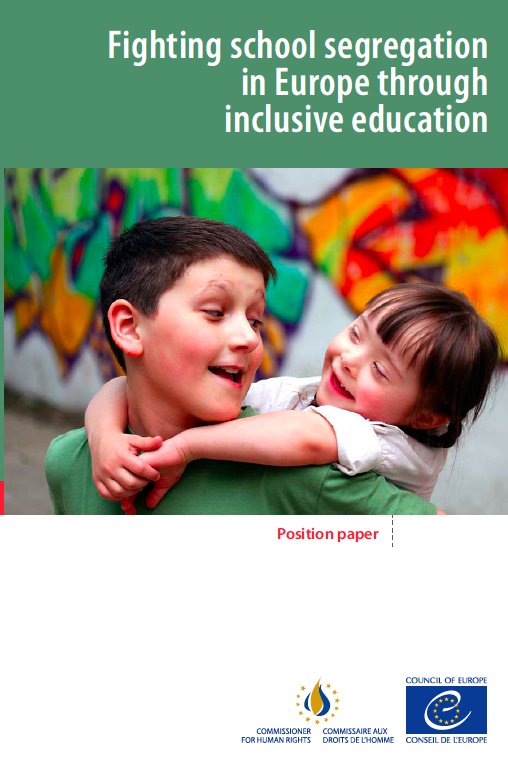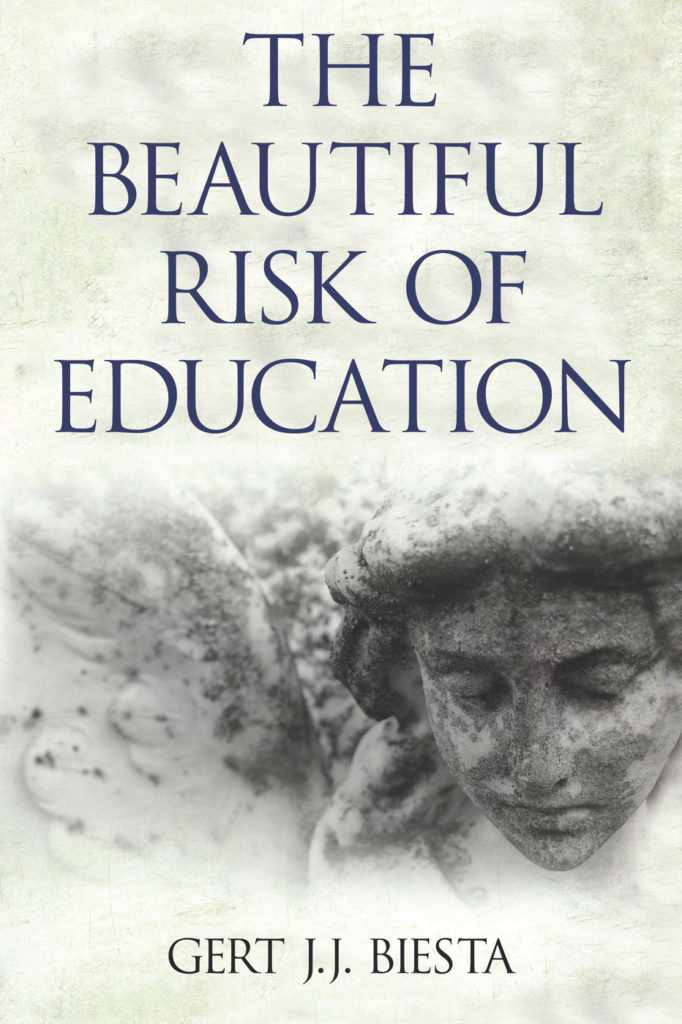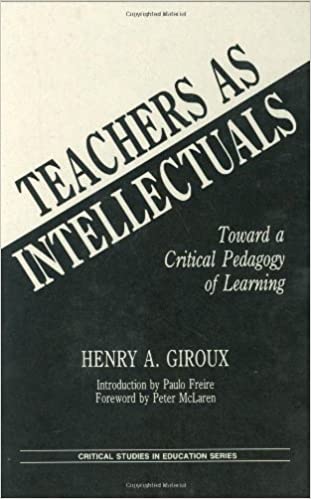Diskurzus
Education & Community
educational logics of exclusion
We look forward to hearing your views in facebook comments!
→ selection| segregation | ghettoization
There are three major logics of →exclusion in education and each follows from the other.
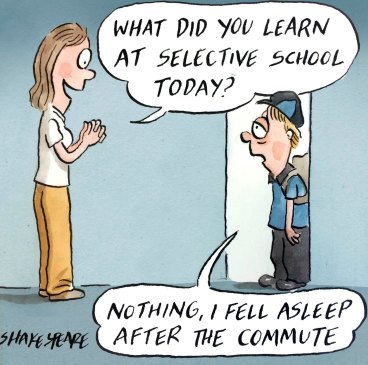
1 One might say that the „basis” of exclusionary logics in education is the logic of selection, which refers to the institutional–systemic practice of separating students between or within schools based on specific selection criteria, like performance, knowledge, skills, socio-economic background, etc. As *Péter Radó argues, selection in education is produced and modulated by various systemic factors: the extent of social inequalities that are inseparable from →educational inequalities; the prevailing pedagogical culture and practice which can force schools to prefer a more homogeneous composition of students; the degree of learning outcome gaps along with different family backgrounds; the characteristics of the school structure and school networks with immanent points of formal selection; parental aspirations and choices; governance and policy context. The production of homogeneous compositions of classrooms and schools through the assortment of children on the basis of their background (selection) emerges at the intersections of the above-mentioned factors with different modalities and characteristics in different contexts.
2 Péter Radó concludes that educational selection is inextricable from segregation since the educational mechanisms of selection are already influenced and informed by prejudices rooted in privileged positions of power and knowledge. Educational segregation occurs when selection is combined with forms of discrimination – when the assortment of students is grounded in racist, sexist, classist, ableist, or other exclusionary discourses. Segregation can occur between institutions (e.g. segregated school) and within institutions (e.g. segregated classroom), both are considered as a serious violation of the rights of the children affected by it. As the *Commissioner for Human Rights demonstrates, in Europe, the harmful consequences of segregation affect mainly Roma and Traveller children, children with disabilities, migrant and refugee children, and those deprived of access to school (such as children in the juvenile justice system).
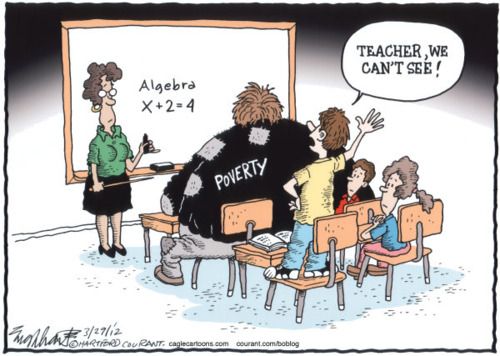
In Europe, a significant number of children attend schools together with a large proportion of those children who are sorted out on the basis of their socio-economic, cultural, or ethnic background, or due to disability. The segregation of children is harmful not only with regards to educational opportunities, but also in terms of social coexistence, solidarity, and cohesion, as segregation inevitably implies discrimination, stigmatization, and marginalization.
As the *Council of Europe emphasizes, both political and economic factors play a significant role in the passivity of nation-states in tackling segregation, which is further enhanced by structural mechanisms conducive to segregation, such as inappropriate regulation of school admission, institutional misdiagnosis of mental disability, reduction in programs supporting intercultural education, and so on (see →structural mechanisms behind exclusion).
3 An extreme, yet unfortunately substantial aspect of segregation is the process of ghettoization and the emergence of ghetto schools. Ghettoization occurs when educational segregation is rooted in a context of intense spatial inequalities, territorial stigmatization, structural racism (see e.g. →white flight). In such cases, as *Ryan Powell and John Lever argues, it is not only the composition of the school that starts to mimic the social composition of the ghetto, but also the school itself – with deteriorating physical infrastructure, retrograde educational practice, withdrawal of professionals, increasing social tension and so on.
Further readings:
Rado, P. (2020). Social Selection in Education: the Wider Context of the Segregation of Roma Pupils in Hungary.
Council of Europe. (2017). Fighting school segregation in Europe through inclusive education: a position paper.
Powell, R., & Lever, J. (2017). Europe’s perennial ‘outsiders’: A processual approach to Roma stigmatization and ghettoization. Current Sociology, 65(5), 680–699.
structural mechanisms behind exclusion
We look forward to hearing your views in facebook comments!
→ white flight | settlement slope | status-speculation | catch-up mantra | talent-ed | pick-packing| teacher-ed
There are numerous social–systemic factors and mechanisms which propel exclusionary logics in education, some of which are generally characteristic of those European countries whose education system faces a high degree of selection, segregation, and other forms of exclusion.
One of the most common structural mechanisms is called white flight, which refers to the process of streaming more advantaged, white children into „better” schools taking advantage of the specific degree of free parental school choice. The „flight” can take place between schools in bigger settlements and cities, and between settlements as well when for instance non-Roma pupils are enrolled in the schools of other settlements.
It also pertains to the structure of territorial inequalities that the smaller the settlement the harder it is for the student to get enrolled into higher educational levels – which is referred to as the settlement slope. The smaller the settlement in which the student attended primary school, the more likely she is to apply to a lower level of education. Pupils from smaller villages are more likely to end up in vocational training after the primary level.
The biased assignment of students to statuses provided by the education system is called status speculation. It occurs when a pupil is given such a legal „label” that puts her in a disadvantageous educational situation. Testing – as an instrument of educational selection – is often used to discriminate against children from vulnerable groups. In several European countries, Roma children have routinely been misdiagnosed with mental disabilities (based on culturally biased tests) and channeled into special education institutions. In several other cases, Roma students completed primary school under a private student status, attending school only a few days a week in the afternoon, isolated from „non-private” students during class periods, breaks, lunch, school events.
A more ideological type of mechanism concerns the different rhetorics through which educational exclusion is made legitimate. The most common among those is connected to the →compensatory approach in education, and it holds that the discriminative assortment of pupils is in their best interest. This toxic argument, called the catch-up mantra is based on the assumption that segregated educational settings create the optimal environment for paying attention to the specific needs of the supposedly →disadvantaged students so that they can „catch up” with their better-off peers.
The pedagogical backstroke of the →compensatory approach and the mantra of „catching-up” is the educational agenda for training the alleged talented pupils. The idea of talent education holds, that the best-performing students deserve a special educational environment, isolated from poorly performing pupils so that they don’t get „pulled back” by the latter. The very assumption that there are „talented students” enhances →selective mechanisms in education.
For decades, there has been a strong demand on the side of higher status parents for a selective education system, trying to claim the best possible education for their kids. The more underfunded an education system is and the less it provides professional help for all kinds of students, the more legitimate the claim for better education becomes for the upper classes, even if they do not support →segregation. Picking the appropriate school is, however, only half of the story. Schools can also be in a position to pick their students, already from the lower secondary stage (grammar schools, gymnasiums, etc.). These institutions pick children based on their learning achievement, family background, and other factors. In contrast to the more hidden, less tangible selection factors, these two processes of pick-packing children are completely legal forms of →selection from the very early stages of education.
One of the most important factors, that is able to propel educational exclusion, is the teacher education system. According to the →latent discrimination approach educational →exclusion is produced through elitist, monocultural pedagogical practice, which privileges the behaviors, knowledge, cultural customs of more advantaged groups (~white, upper-class, heterosexual, able-bodied). If teacher education is not sensitive to the educational challenges posed by contemporary social crises if its curriculum lacks a basic reflection of the social context, and if the so-called practicum is organized in higher status schools, then teacher education itself can become conducive to maintaining and reproducing →inequalities and →educational exclusion.
educational logics of inclusion
We look forward to hearing your views in facebook comments!
→ integration | inclusion | communization
There are three basic educational strategies to counteract exclusionary logics in education. These are, however, educational agendas and pedagogical practices competing with each other, with clearly distinguishable attitudes to the relation between education and society, school and community.

1 The most frequently discussed counter-strategy to the logics of educational exclusion is the logic of integration, which refers to the co-education of all children in public educational settings regardless of their disadvantages. Still, the logic of integration is often grounded in the →deficit model of education and holds that children with disadvantages need to be prepared to, adjusted to, and adapted into existing educational settings by means of special pedagogical support, extra development, and additional mentoring.
Integration means merely enrolling children with special educational needs or disadvantages to schools where such children have not previously been present. The institution does not attempt to change its educational settings so that children with special educational needs can become equal members of the →school community, Here, the child is expected to adapt to the conditions created by the school.
2 Contrary to the logic of integration, inclusion holds that there is nothing about a pupil that needs to be fixed or compensated to fit into the existing educational settings. Rather it is the educational context itself that has to adapt to the individual characteristics of all children regardless of their backgrounds and abilities. Inclusive education thus benefits all children. Inclusion requires systemic change regarding teaching methods, pedagogical approaches, school structures in order to enable adaptation to the immense diversity of students. Placing excluded students within mainstream classes without accompanying structural changes does not constitute inclusion.
*Josefine Wagner points out four themes informative of inclusive education: 1) inclusion is an ethical endeavor, not a single-issue approach that is only responsive to matters such as disability, etc.; 2) inclusion is radically opposed to the deficit-model, and attempts to deactivate the determining force of class, ethnicity, gender, ability, etc. ; 3) inclusion is sensitive to the historicity of identities, meaning that students are not categorized along with fix identities, rather considered to be actors with an agency, in the process of becoming; 4) inclusion is a deeply social concept, it contests exclusion by understanding education as a place and time where “being together” happens.
3 Beyond the uniqueness of each student, the logic of inclusion also emphasizes the role a community plays in education. Inclusive education always enfolds against the background of a wider social environment, and this contextual focus is at the heart of those educational strategies that attempt to broaden the concept of inclusion. Students and teachers are not merely parts of a school, but they also belong to a public community that surrounds the school, and which reveals the public or communistic dimension of education.

The educational logic of communization refers to a particular strategy of inclusion that attempts to extend the inclusive →school community to an inclusive community school (also referred to as socialized or communitarian school), which recognizes the community (parents, organizations, and other local actors) as irreducibly vital to the life of the school.
*Maria Mendel defines community/socialized school as the spatial and public expression of democratic commonality, where the school establishes strong and reciprocal social bonds with its local community, often involving an extensive social support system, mutual aid, and conviviality.
Further readings:
Wagner, J. (2019). Struggling for Educational Justice in Disabling Societies: A Multi-sited School-based Ethnography of Inclusive Policies and Practices in Poland, Austria, and Germany. University of Lower Silesia.
Mendel, M. (2019). Socialized school : between de-socialization and re-socialization Perspective of the pedagogy of the common place. Pedagogika Społeczna, 71(1), 29–46.
education and the public
We look forward to hearing your views in facebook comments!
→ a pedagogy for the public | a pedagogy of the public | a pedagogy of publicity
There is a long history of a foremost educational interest regarding questions of citizenship, democracy, and the public sphere in general. Such educational thinking belongs to the genre of public pedagogy (or social pedagogy), which is concerned with pedagogical interventions outside educational institutions, within the public domain. *Gert Biesta distinguishes three different interpretations of public pedagogy: that is for the public, of the public, or of publicity.
1 The first approach is concerned with instructing the citizenry, where educational agents enact such a pedagogical program in the public domain in which what is sayable and doable is predefined by authorities. Such a pedagogy for the public transfers the logic of the school to the public domain. It occurs for instance when the state instructs its citizens what to think, what to do, and how to behave (either explicitly or through hidden streams of power games), or when fellow citizens feel the urge to teach each other a moralistic public lesson.
2 Contrary to the pedagogical mode of public instruction, the second idea of public pedagogy emphasizes the critical, emancipatory role social, collaborative, participatory learning practices can have in the public sphere. This account of a pedagogy of the public is influenced to a large extent by the works of *Henry Giroux, who understands public pedagogy as a specific counter-strategy to the corporatization, erosion, and elimination of public spaces. Pedagogy in this approach cannot be reduced to what goes on in the school, the public domain is also a relevant terrain for a transformative, politically committed educational intervention. According to this interpretation, the role of the public pedagogue is to engage with her immediate social environment and community, in order to foster social transformation through learning, empowerment, and by raising the critical awareness of the people.
3 Both of the previous accounts of public pedagogy attempt to intervene very specifically in the public domain, either through instruction or social learning. *Gert Biesta proposes a third interpretation of public pedagogy, which is not for the public or of the public, but which enacts a concern for publicness: a pedagogy of publicity, which keeps the opportunities of becoming public, of the very possibility of human togetherness open. Such a public pedagogy is concerned with the public quality of being together, thus interested in the creation of the public sphere and the public space itself. In this interpretation, the public pedagogue is neither an agent of instruction nor a facilitator of social learning, rather someone who keeps open the possibility of human togetherness and becoming public.
Further readings:
Biesta, G. (2012). Becoming public: public pedagogy, citizenship and the public sphere. Social and Cultural Geography, 13(7), 683–697.
Giroux, H. (2004). Cultural Studies, Public Pedagogy, and the Responsibility of Intellectuals. Communication and Critical/Cultural Studies, 1(1), 80–88.

